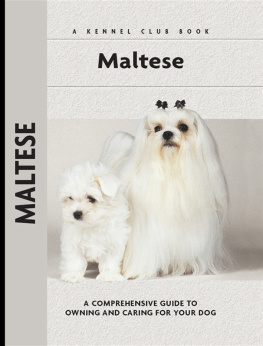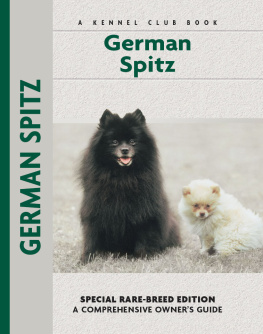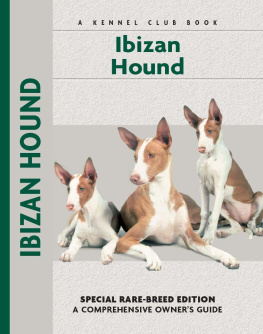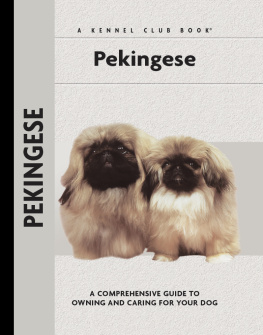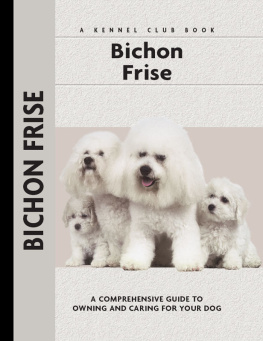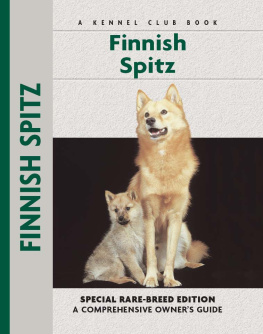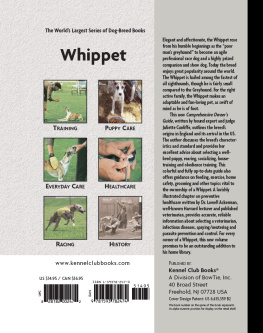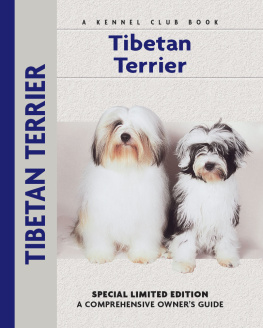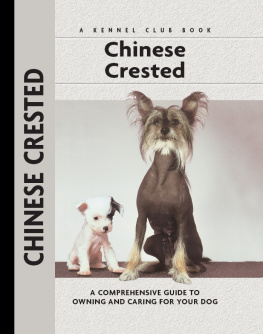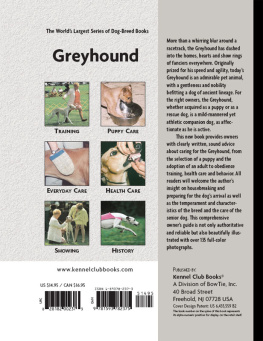Physical Characteristics of the Maltese
(from the American Kennel Club breed standard)
Head: Of medium length and in proportion to the size of the dog. The skull is slightly rounded on top, the stop moderate.
Eyes: Set not too far apart; they are very dark and round, their black rims enhancing the gentle yet alert expression.
Nose: Black.
Muzzle: Of medium length, fine and tapered but not snipy.
Ears: Drop and rather low set and heavily feathered with long hair that hangs close to the head.
Neck: Sufficient length of neck is desirable as promoting a high carriage of the head.

Legs and Feet: Legs are fine-boned and nicely feathered. Forelegs are straight, their pastern joints well knit and devoid of appreciable bend. Hind legs are strong and moderately angulated at stifles and hocks. The feet are small and round, with toe pads black.
Body: Compact, the height from the withers to the ground equaling the length from the withers to the root of the tail. Shoulder blades are sloping, the elbows well knit and held close to the body. The back is level in topline, the ribs well sprung. The chest is fairly deep, the loins taut, strong, and just slightly tucked up underneath.
Tail: A long-haired plume carried gracefully over the back, its tip lying to the side over the quarter.
Coat and Color: The coat is single, that is, without undercoat. It hangs long, flat, and silky over the sides of the body almost, if not quite, to the ground. Color, pure white.
Size: Weight under 7 pounds, with from 4 to 6 pounds preferred.

Contents

Europes answer to the lap dog, the Maltese is an ancient breed with a mysterious history. Explore the various theories on the breeds origin, learn how the Maltese was introduced to the world outside Europe and follow his rise in popularity to become one of todays favorite companion dogs.

Sweet, intelligent and robust, the Maltese is much more than a toy. Learn about the Malteses traits, from his glorious white coat to his loving and spunky demeanor, and decide if you are well suited to Maltese ownership. Also learn about breed-specific health concerns of which every prospective owner should be aware.

Learn the requirements of a well-bred Maltese by studying the description of the breed set forth in the American Kennel Club standard. Both show dogs and pets must possess key characteristics as outlined in the breed standard.

Be advised about choosing a reputable breeder and selecting a healthy, typical puppy. Understand the responsibilities of ownership, including home preparation, acclimatization, the vet and prevention of common puppy problems.

Enter into a sensible discussion of dietary and feeding considerations, exercise, grooming, traveling and identification of your dog. This chapter discusses Maltese care for all stages of development.

by Charlotte Schwartz
Be informed about the importance of training your Maltese from the basics of housebreaking and understanding the development of a young dog to executing obedience commands (sit, stay, down, etc.).

Discover how to select a qualified veterinarian and care for your dog at all stages of life. Topics include vaccination scheduling, skin problems, dealing with external and internal parasites and common medical and behavioral conditions.
Experience the dog show world, including different types of shows and the making of a champion. Go beyond the conformation ring to other pursuits for your Maltese.
KENNEL CLUB BOOKS MALTESE
ISBN-13: 978-1-59378-251-1
Copyright 2003 Kennel Club Books An Imprint of I-5 Press A Division of I-5 Publishing, LLC
3 Burroughs, Irvine, CA 92618 USA
Cover Design Patented: US 6,435,559 B2 Printed in South Korea
All rights reserved. No part of this book may be reproduced in any form,
by photostat, scanner, microfilm, xerography or any other means, or
incorporated into any information retrieval system, electronic or
mechanical, without the written permission of the copyright owner.

PHOTO CREDITS:
Photos by Isabelle Franais, with additional photos provided by:
Norvia Behling, T.J. Calhoun, Doskocil,
Bill Jonas, Carol Ann Johnson,
Mikki Pet Products, and Antonio Philippe.
Illustrations by Patricia Peters.
The publisher wishes to thank Kathleen Bakeman, Emanuel Cominiti, Claudia Grunstra, Linda Johnson, Johane Kriegel, Robin Lindemann, Beverly A. Nucci, Beverly Quilliam, Nancy Roberts, Christopher Vicari and the rest of the owners of dogs featured in this book.

The Maltese has been favored for thousands of years. It was the European answer to Oriental lapdogs. Sailors and explorers brought back tales of tiny dogs that fit into the large sleeves or sat in the laps of the aristocrat Chinese, presumably to keep their owners warm!

The Maltese is almost undoubtedly one of the most ancient lap dogs of the Western World, but there has long been dispute over the actual origin of this charming breed. Charles Darwin placed the breed as having existed around 6000 BC, although a model of such a dog, some 2,000 years older, has since been found. This is presumed to have been a childs toy. The Emperor Claudius (10 BCAD 54) had such a dog, and it seems likely that they were taken to Asia by the Romans. Eventually they reached China, where it is believed that dogs of Maltese type contributed to the ancestral breeding of the Pekingese dog known today.
The breed has had numerous names during the course of history, including Melitae Dog, Ye Ancient Dogge of Malta, Comforter, Spaniel Gentle, Shock Dog and Maltese Lion Dog. The latter name most probably alludes to the fact that several of the early toy breeds had their coats styled into a lion trim. This caused some confusion among the breeds, especially with the breed now known for this cut, called the Lwchen (Little Lion Dog).
Many pre-Christian objects of art are adorned with the image of the Maltese, and in the courts of Imperial Rome, the Maltese was a favorite among the ladies, once being known as the Roman Ladies Dog. It was written of these dogs, When his favorite dies he deposits the remains in a tomb and erects a monument over the grave with the inscription, Offspring of the stock of Malta. Certainly Maltese were closely involved in Egyptian culture between 600 and 300 BC, at which time they were effectively worshipped as members of royal families.
Next page
